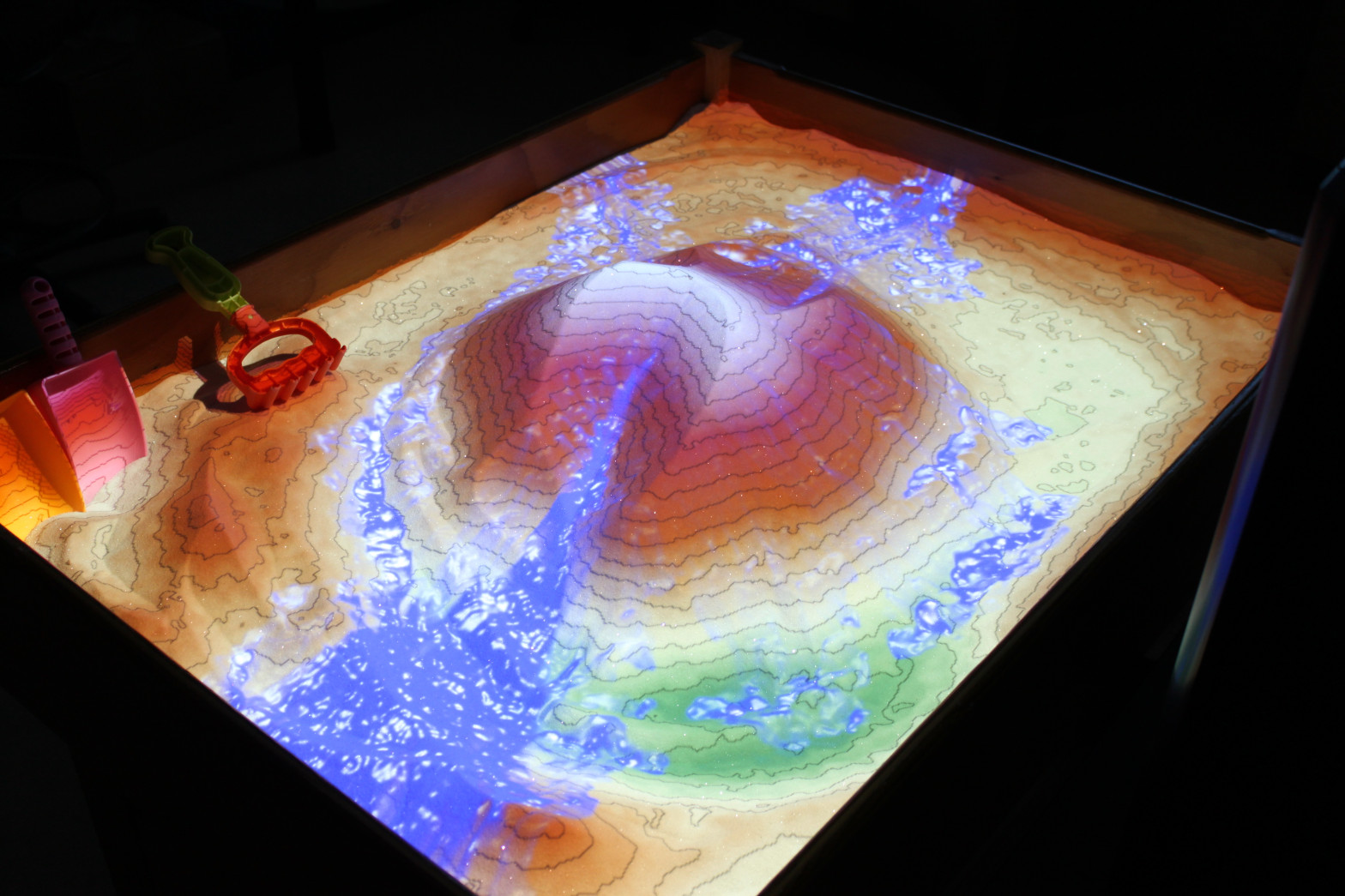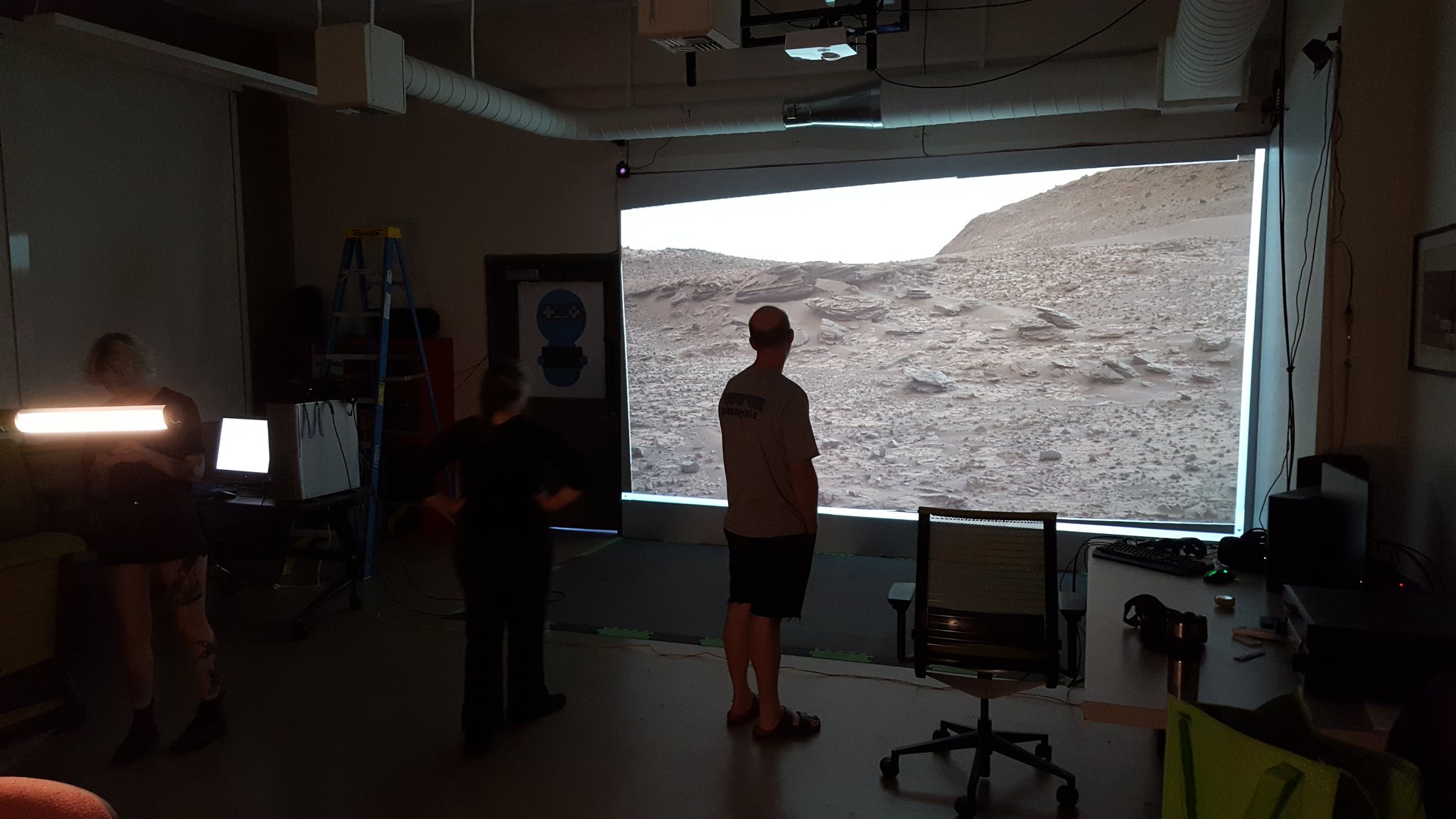Apparently, the AR Sandbox is still a thing and going strong after ten years, with over 850 registered installations world-wide according to the AR Sandbox World Map. There was a lull in new installations and community activity during the initial COVID-19 lockdowns, but things are picking up again, and with that I am seeing an increasing amount of requests for help arriving in my personal email.

The old AR Sandbox support forum, which was quite active and significantly reduced my support load, not only by allowing me to answer common questions only once instead of dozens of times, but also by community members directly helping each other, unfortunately went down due to hardware problems a good while ago, and there is currently no avenue of getting it back up.
So I decided to create a new AR Sandbox support forum on this here web site, as a hopefully temporary replacement. I was not able to move over any of the old forum content due to not having access to the original database files, which is a major pity because there was a ton of helpful stuff on there. I am hoping that the new forum will accumulate its own set of helpful stuff quickly, and if/when I migrate the forum to a permanent location, I will be able to move all content because I have full access to this web site’s code and database. So here’s hoping.
This is the first forum on this web site, so I hope that things will work right from the start; if not, we’ll figure out how to fix it. Please be patient.
And as a quick reminder: These are the only official AR Sandbox installation instructions. Accept no substitutes.


